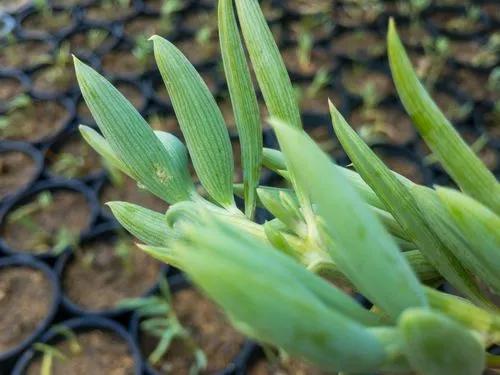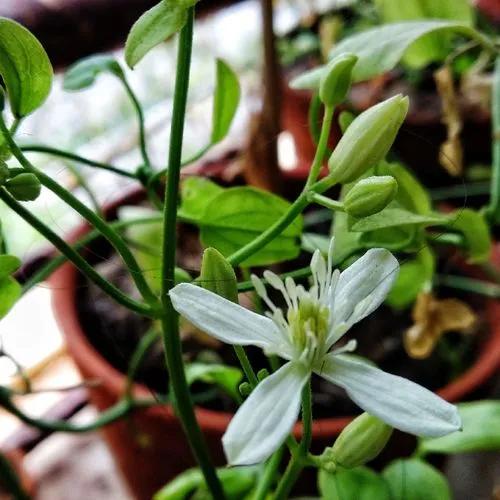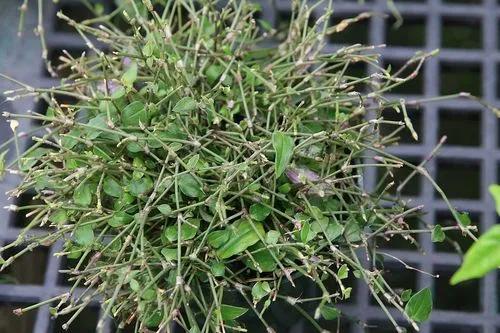Sedum reflexum or Sedum rupestre, also known as reflexed stonecrop, Jenny's stonecrop, blue stonecrop, stone orpine, prick-madam and trip-madam, is a species of perennial succulent flowering plant in the family Crassulaceae, native to northern, central, and southern Europe. It is also known as Petrosedum reflexum.
Reflexed Stonecrop, Jenny'S Stonecrop Care
Sedum rupestre



The Sedum reflexum plants are typically up to 10 cm high, with sprawling stems and stiff foliage resembling spruce branches, with softer tissue. The leaves are frequently blue-gray to gray but range to light greens and yellows; the flowers are yellow. Like most other Sedum species, it has a prostrate, spreading habit. Sedum reflexum is a popular ornamental plant, grown in gardens, containers, and as houseplants. It is drought-tolerant. There are named cultivars with variegated (multi-colored) leaves. Through vegetative cloning it is propagated from cuttings. This sedum is prone to fasciation (cristate forms), which produces attractive cactus-like forms, with irregular curves. However it reverts easily, so all normal offshoots need to be removed quickly to maintain the cristate form
This plant is useful.
This plant might be poisonous
How to get rid of: Pulling weeds by hand is realistic when you're dealing with a small area or just a few weeds. Weeds come up easiest when soil is moist and plants are small. If rain is scarce, water about 24 hours before weeding, soaking soil 6-12 inches deep. Make sure you remove roots. With many perennial weeds, root pieces left in soil will sprout. Dandelion roots can extend to 24 inches deep, but most plants have roots 6-18 inches long.
Spraying herbicide plays an important role when you're clearing vegetation from an area, are dealing with a large number of weeds or weeds you can't eradicate any other way.
How to Care for the Plant

Popularity

3,131 people already have this plant 529 people have added this plant to their wishlists
Discover more plants with the list below
Popular articles






